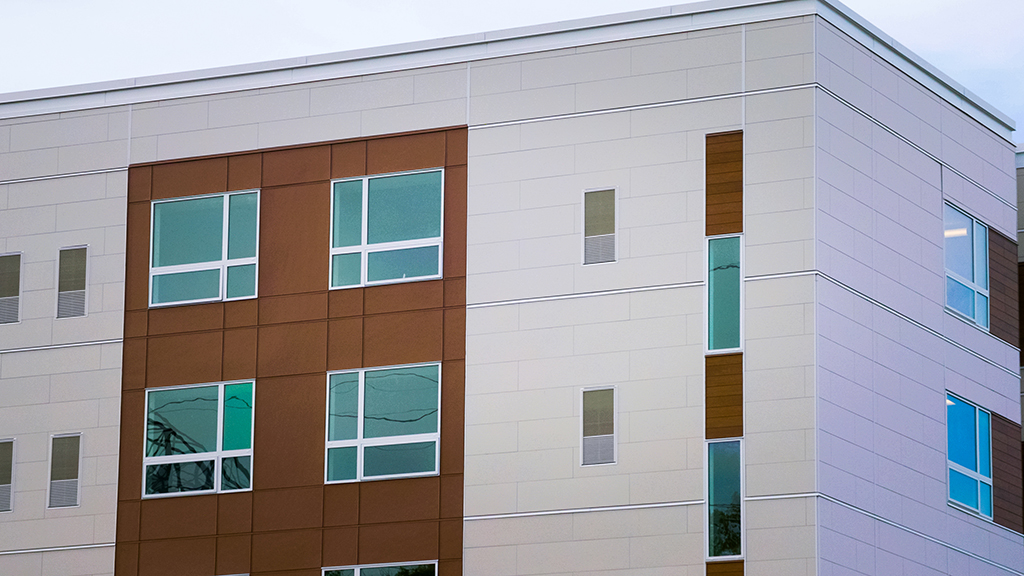
Expand the strategic plan table of contents to navigate the plan's strategic objectives and their dashboard metrics.
Contact
-
John Patterson, Director of Planning, Research and Evaluation
Preserve and Improve the Condition and Affordability of Existing Housing
Existing housing is typically the most affordable, and preserving it is more cost-effective than building new. Segments of existing affordable housing are at risk of being lost to rent or price increases or deterioration. For example, project-based Section 8 units were built about 40 years ago and often have deferred maintenance. About 7,800 of the 30,000 Section 8 units in Minnesota have contracts that will expire sometime between 2023 and 2027, when they could convert to market-rate rents. Fortunately, we have had great success in renewing contracts and maintaining affordability. Minnesota also has over 210,000 rental units affordable to households with incomes at or below 50% of AMI that are naturally occurring affordable housing (NOAH) without government subsidies and income/rent restrictions, typically because they are older, lack amenities and are in need of repairs. About 25% of the state’s owner-occupied homes have a value of less than $250,000. While affordable for many residents, these homes often need repairs, and the state’s housing stock is getting older. Emerging issues include making homes climate-resilient, losing affordable inventory to investor owners, building the capacity of rental property owners who are preservation-minded, rising interest rates and staying on top of evolving preservation needs.
Key Metrics
Number of existing rental units affordable to households with an income at or below 50% of the statewide median income (coming soon)
Number of units with project-based rental assistance (coming soon)
Number of existing homes valued at $300,000 or less (coming soon)